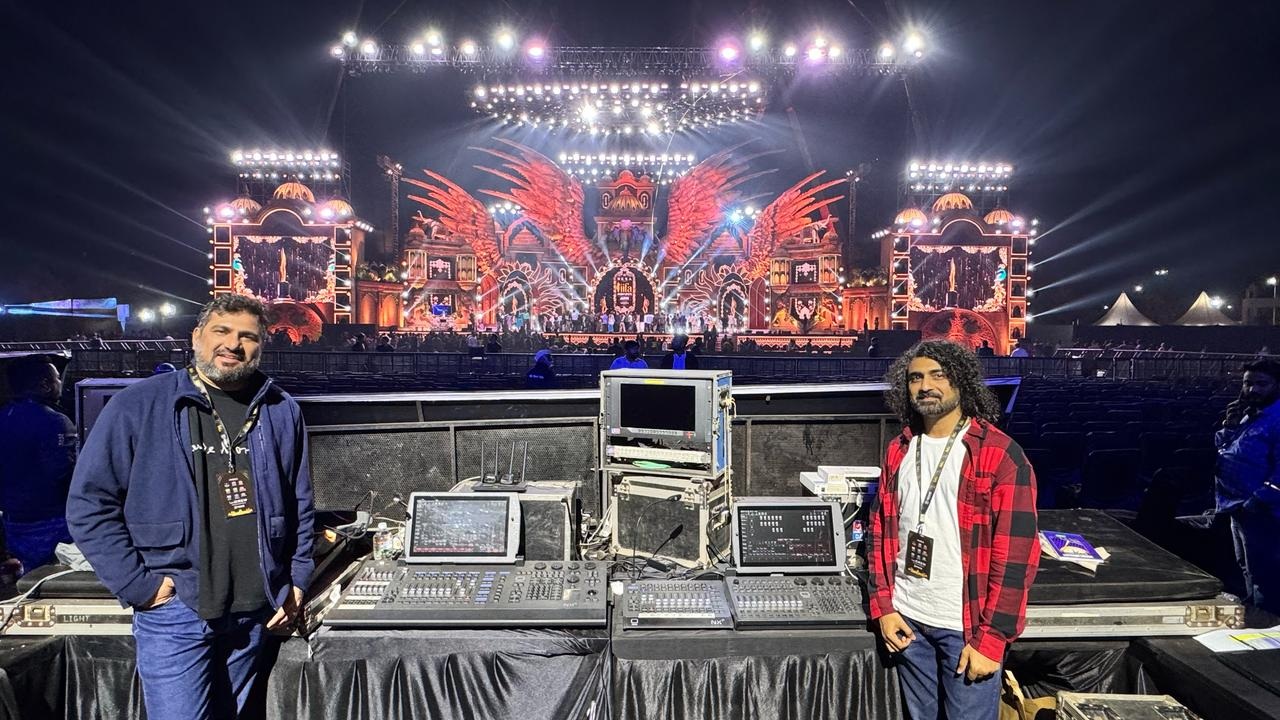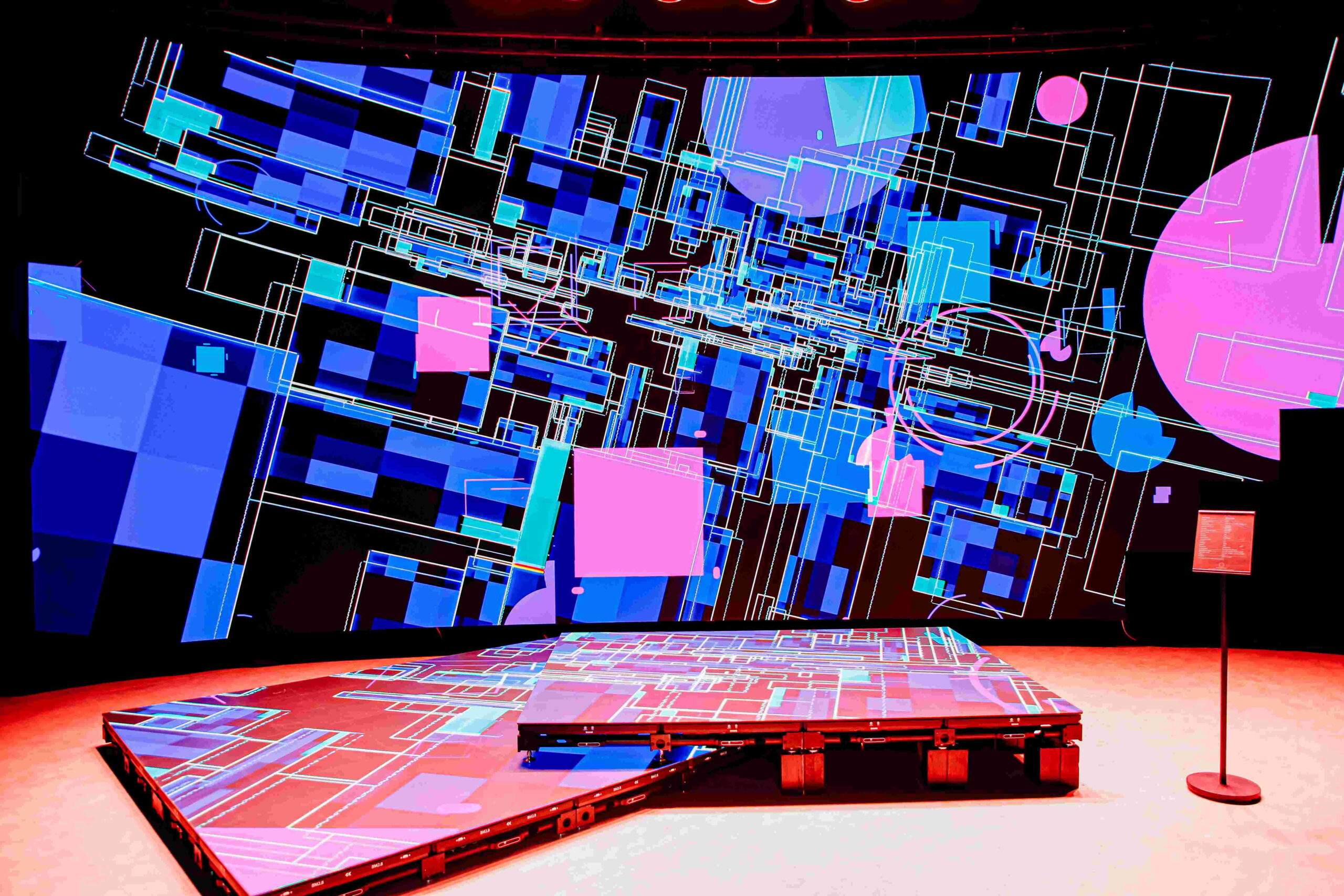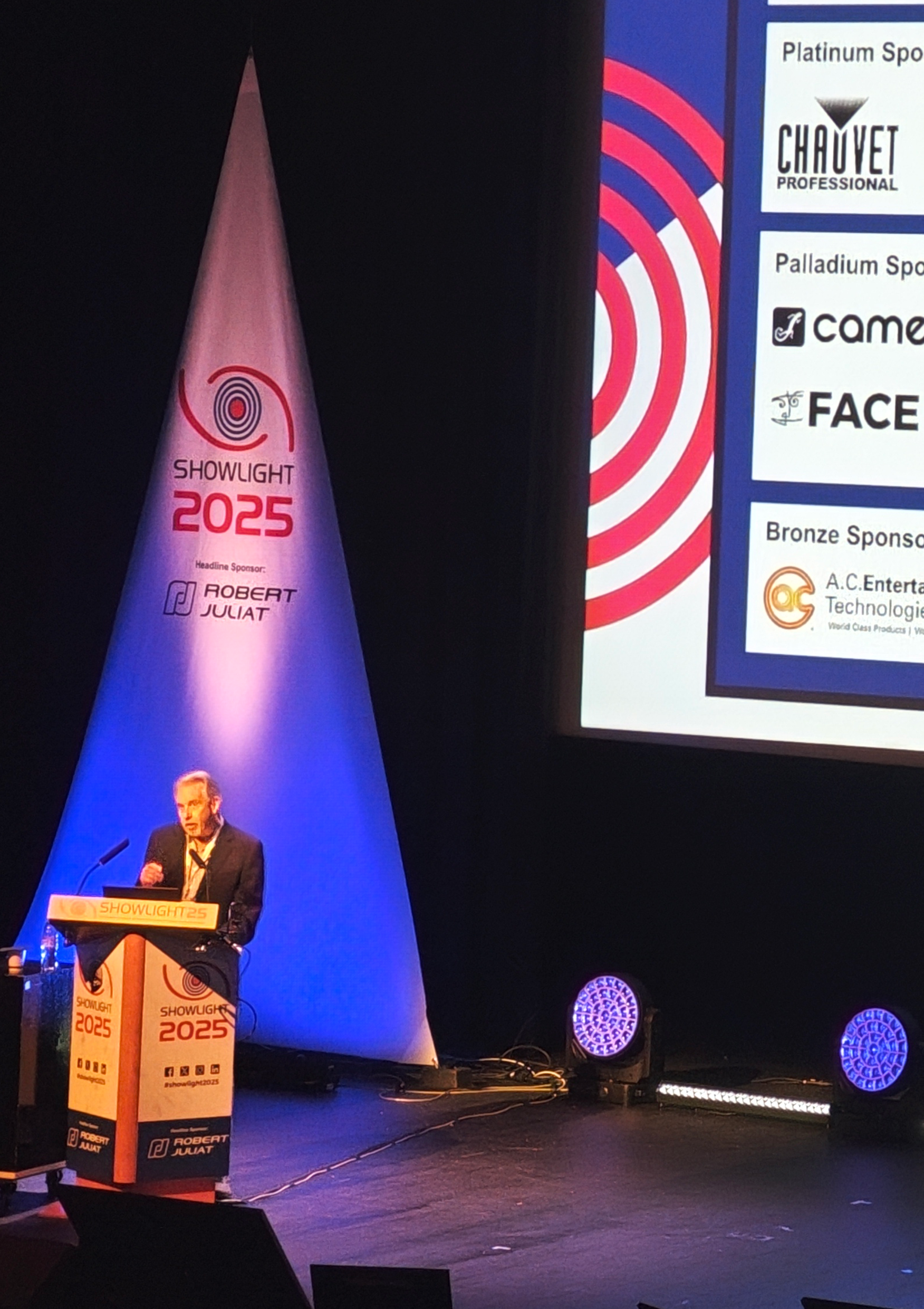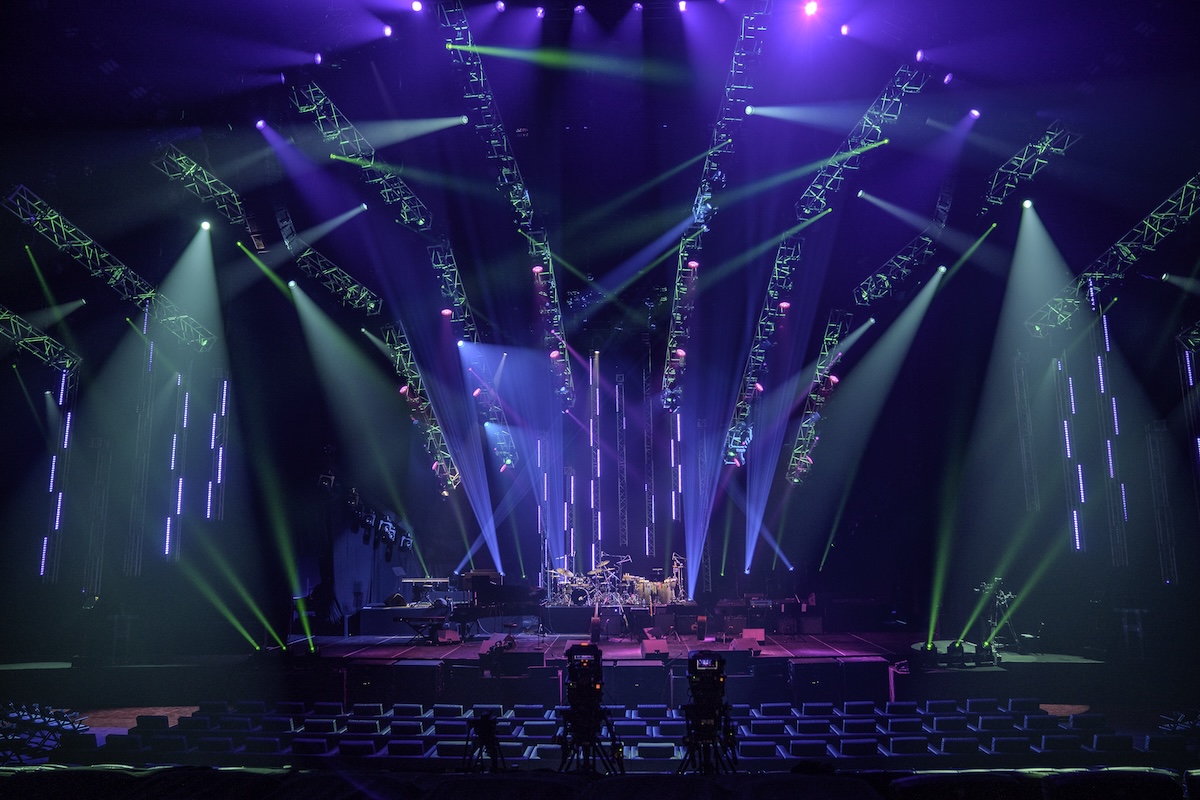DENMARK – Danish Lighting Designer Robert Juhl has long known the pluses of LED lighting fixtures, such as low power draw, low heat generation, full dimming with no color temperature change and long bulb life. But because of the green cast in the light output from early LED lights, he stayed with the tried and true tungsten halogen and HMI lighting fixtures—until now.
More details from BB&S Lighting (www.bbslighting.com):
“Whenever we did tests with LED fixtures, there was always a bit of green in them,” says Juhl. “Unless you were trained to look for it, you couldn’t really see it with your eye. But they looked really horrible on television cameras. You could color correct with filters and so on, but that’s not the right thing to do. For me to use LED lighting I needed consistently precise color temperatures and a rich color spectrum with a range of all colors that can be measured by a scope. And I wanted to be able to use the LEDs alongside Tungsten and HMI.
Until this year, Danish Radio’s TV studios had to live with its tungsten halogen and HMI fixtures, which were large, generated heat, used a lot of energy, and couldn’t be dimmed without color shift.
All the while, Juhl had been keeping his eye on Danish lighting manufacturer BB&S, who pioneered remote phosphor technology in their Area 48 LED lighting fixture in 2012. The remote phosphor design separates the phosphors that generate the color spectrum from the raw light of the LEDs.
“When I got my hands on an Area 48 about a year ago, I had the television technicians at Danish Radio test it. They were very happy, because the green cast wasn’t there.”
The Main Anchor desk at Danish Radio Gets a Make Over
Juhl’s maiden voyage using Area 48’s was relighting Danish Radio’s main news studio anchor desk. He placed 18 Area 48 Softs with 5600K phosphor panels in the newly designed overhead soft box (Picture) as his soft fill-light source. At the time there were a few Fresnel LED fixtures available but they didn’t meet his critical color standards, so he mixed the soft-source Area 48s with halogen Fresnels because Area 48s mixed perfectly with HMI lights.
“The rectangular desk is designed to seat the host and contributors around three sides. Each of the talent needed to be lit so that they can be shot from a variety of angles as they turn to talk with each other. I wanted a soft source to light from all around, but still have some directional light for modeling.”
“So we put together a huge light box above the whole table. It’s bigger than the table. And then I added some Fresnels for the key lights and back lights, and put them in their own light boxes to soften them.”
The resultant lighting accomplished exactly what the studio wanted: color-correct modeling light that works from a variety of angles, that is comfortable temperature-wise for the on-camera talent, and uses a small fraction of the energy previously required.
Since then BB&S has developed LED light engines for several popular Fresnel brands that are color accurate. So Juhl will soon pull down the tungsten Fresnels in that studio and relamp them with BB&S LED light engines. This will keep the studio cooler for the talent and consume a fraction the energy of the tungsten fixtures.
Lighting a Hit with 19 BB&S Fixtures Running off 1 Wall Plug
Another program Juhl recently lit with BB&S LED fixtures is the Danish hit, Detector. In the series, the host confronts an on-set guest who turns to the background and takes pieces of evidence out of the drawers and cupboards. So that the talent could be shot while digging out the evidence, the set needed to be lit for from both the front and back. This was complicated by the talent’s proximity to the wall.
“They originally wanted to have a projector doing the graphic on a white wall, but because of budget concerns they developed a background with a lot of cupboards and drawers.
“I had to first make a whole softbox above the scene, which I lit with 7 Area 48 Softs with 5600K Phosphor panels. It was actually just a quick box in a frame above, which I downlit in the grid with Area 48s. Then in the corners I put in 6 BB&S 5600K Ledonardo 1K LED Fresnels. We’re fortunate the BB&S LED fixtures were available, because the studio is so small that older lighting fixtures would have made it unbearably hot.” He also mounted 6 BB&S Force V 5600K ellipsoidal lights above.
When BB&S showed Juhl its revolutionary Pipeline light banks, he had just the space to try them out. Danish Radio has a small Web TV studio where web producers do their on-camera contributions. Its tiny footprint called for compact lighting fixtures.
“The cylindrical remote phosphor Pipeline fixtures provide quite a bit of illumination. Put together into a 4-bank fixture I measured 600 lux at four meters,” says Juhl. “Once again the remote phosphor technology in the Pipelines provided light that looks good on camera, without the LED green cast. Doubling up a pair of 3’ daylight 4-banks gave me light to spare, and with full DMX control and 48 Volt power for smooth dimming to zero, I was able to dial-in exactly the output needed— without color shift.”
Mixing Sunlight, HMI, Area 48s & Pipelines for Euro Football Championships
A temporary glass cube studio constructed outdoors to host the European Football Championship telecasts for Danish TV, presented Juhl with unique challenges. In the confined space, the sun contributed to the heat, so using low heat-generating LED fixtures was a must.
The ambient outdoor light coming into the set and visible on the Copenhagen Harbor-front that makes up the background was daylight color balance. The intensity of that ambient light also varied over the hours of the broadcast.
To match that daylight color balance, he deployed sixteen 5600°K Area 48 Softs and sixteen 3200°K Area 48 Softs as his main soft source, along with 4 5600°K Pipeline 3’ 4-bank fixtures stacked 2-high side-by-side that can achieve output equal to an M18 with a soft box. In the ceiling he used 8 sets of 4’ 5600K individual Pipes, side-by-side. To get more directional light, he used HMI Fresnels. Where direct sunlight coming into the glassed-in set became a problem, he had heavy curtains to block the sun.
While he was able to dim the Area 48s and Pipeline fixtures easily with no color shift, the HMIs could only run at full intensity. So during the day he used the HMIs for his key lights. The Area 48s and Pipelines mixed perfectly with the HMIs.
As evening approached, he turned the HMIs off and varied the dimming on selected LED fixtures to provide proper modeling of the talent at a light level that matched the background.
As the Danish crowds gathered on the grass around the studio’s giant outdoor screen, they were unaware of the lighting gymnastics that had gone on behind the scenes of the popular sports viewing spectacle.
Up Next: Danish Radio’s Main News Studio
The Pipeline 4-bank fixtures worked so well for the web and glass-walled studios that Juhl’s next project is to incorporate them into the relighting of Danish Radio’s main news studio. The format of the program features on-camera talent and guests walking close to a color-saturated wall. Because the reflected light from that wall is creating a color cast on their skin as they pass by, he plans to use the Pipeline fixtures to override that unwanted color and to utilize the other benefits of BB&S groundbreaking lights.



